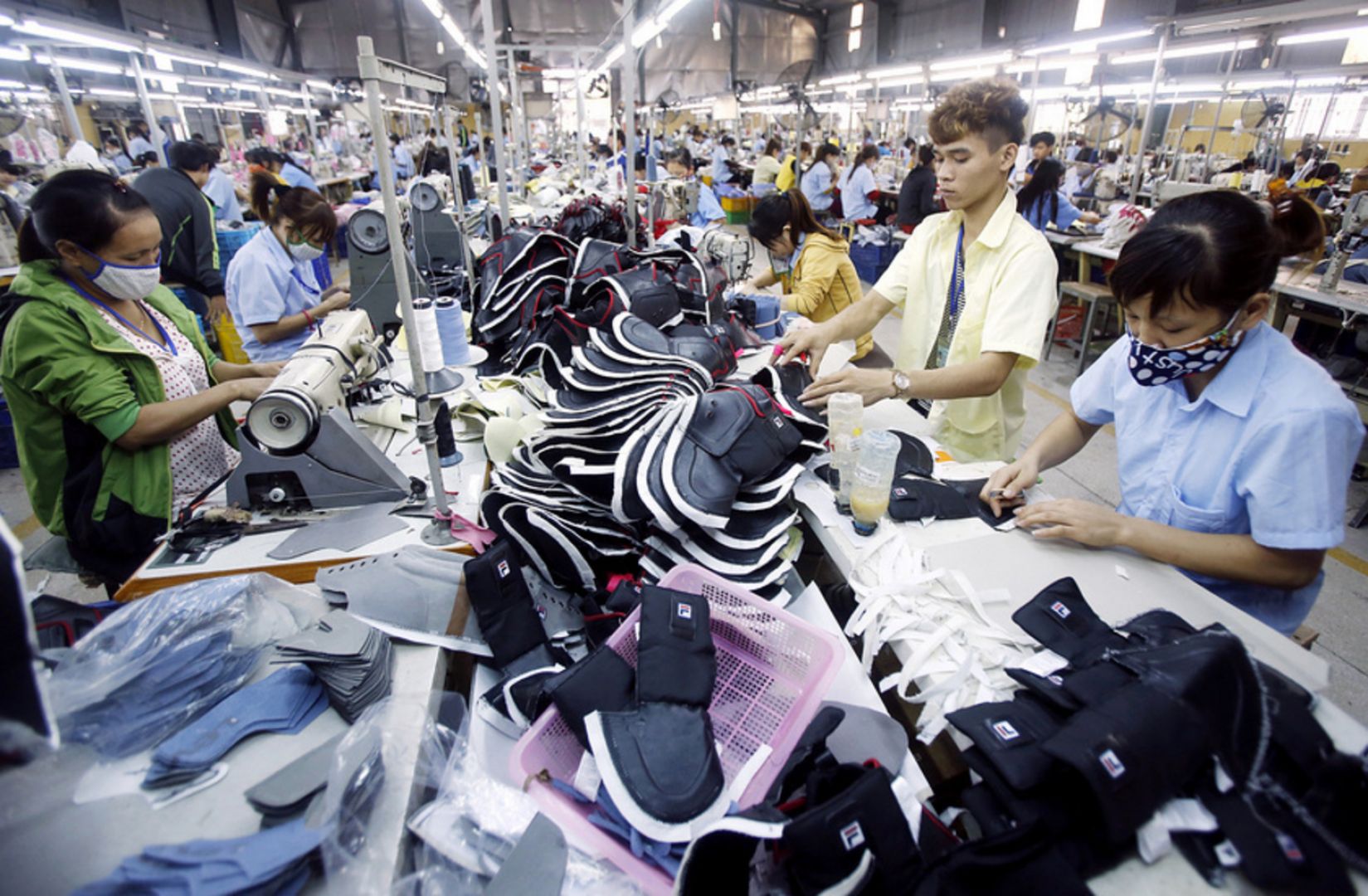Tom Group, the media conglomerate controlled by Hong Kong tycoon Li Ka-shing, is upping its investment in e-commerce as online shopping in mainland China’s vast rural market continues to grow.
Frank John Sixt, the chairman of Tom, said in a Hong Kong regulatory filing, there was growing opportunity for Beijing-based Ule, the company’s e-commerce joint venture with China Post, amid “the mainland government’s efforts in encouraging domestic consumption and the rapid expansion of internet access in the rural areas”, Xinhua reported.
The increased online retail activity in mainland China’s rural areas has also been boosted by separate major initiatives from e-commerce giant Alibaba Group and rival JD.com.
Backed by Tencent Holdings, JD.com said earlier this month that it will extend its business-to-consumer e-commerce operations to 100,000 villages by the end of this year, from 46,000 at present.
In October last year, Alibaba announced a plan to invest 10 billion yuan ($1.56 billion) over the next three to five years to build its rural e-commerce infrastructure in 1,000 counties and 100,000 villages.
Research firm eMarketer has forecast mainland China’s total retail e-commerce sales to rise 42.1% to $672.01 billion this year, up from $472.91 billion last year.
The notable advantage of Ule over bigger e-commerce players Alibaba and JD.com is China Post’s extensive resources. These include 52,000 postal outlets, 40,000 Postal Savings Bank branches, 150,000 postal delivery workers, 50,000 direct-sales staff, 80,000 postal vehicles, 433 train carriages and 18 cargo aircraft.
That has enabled Ule to establish a business-to-consumer e-commerce platform that supports online and offline store integration, distribution and logistics, and promotion across all the provinces of mainland China, the world’s largest e-commerce market.
“Ule continues to expand its footprint in rural areas,” Sixt said.
“Ule also offers supply opportunities to brand owners to reach rural customers via its offline-to-online/mobile platform,” he said.
In the first half of this year, Ule posted a 183% increase in gross merchandise volume to 6.56 billion yuan, up from 2.31 billion yuan the previous year.
Gross merchandise volume refers to the total transaction value for goods sold through a particular e-commerce marketplace over a certain time period.
Ule’s total transaction still paled in comparison to the sums posted by the country’s two largest e-commerce players. Alibaba’s gross merchandise volume in the first six months of this year reached 673 billion yuan, while JD.com’s was 114.5 billion yuan.
Tom last Friday reported an interim net loss of HK$77.75 million, compared with a net profit of HK$29.46 million a year ago.
Its total first-half revenue was down 12% to HK$641.82 million, from HK$726.68 million, primarily due to higher operating expenses.


